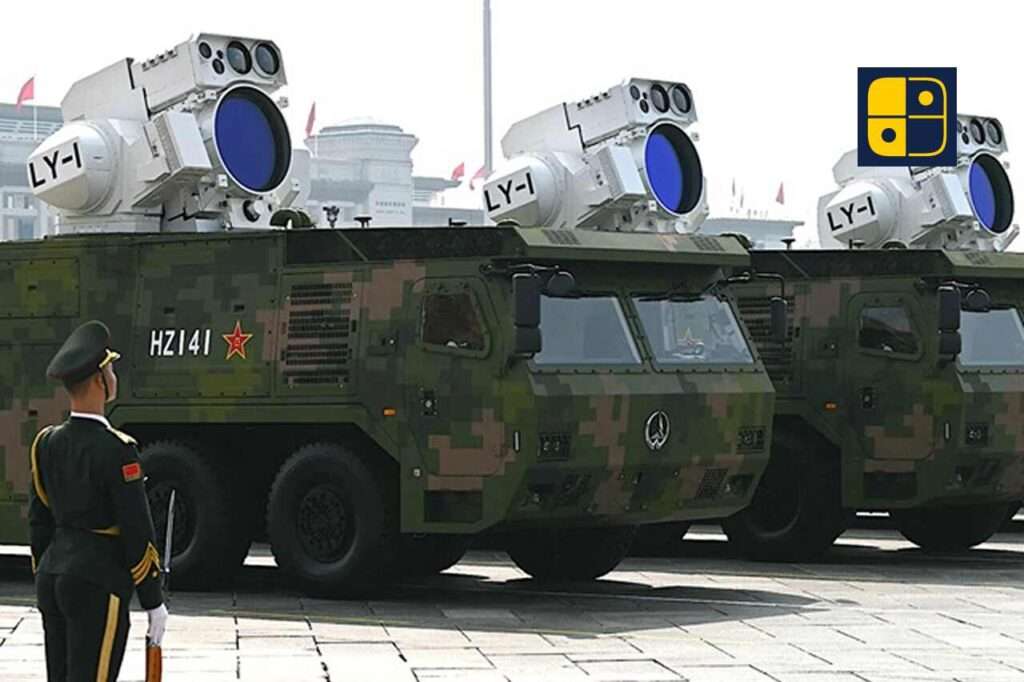China has developed the LY-1 high-energy laser system system to counter UAVs, anti-ship missiles, and aircraft sensors. The system is low-cost per shot and can fire indefinitely dependent on power supply, providing a continuous defensive capability for coastal regions. In the near term, the LY-1 will enhance China’s Anti-Access/Area Denial (A2/AD) posture, with implications for naval operations in that operational environment. Its use may require other nations to rethink their approach, including altering approaches to missile and drones attacks.
Looking ahead, if laser systems like the LY-1 are successfully implemented by navies, it is likely that navies will devote more resources to countermeasures, such as enhanced stealth, electronic warfare, or long-range stand-off weapons. The bigger implication is that navies may shift their overall naval planning and procurement priorities to emphasize an interest in directed-energy weapons and defences. For future military bases, this could result in different considerations for how bases are constructed and designed, focusing on defending high-value assets from lethal and non-lethal laser weapons, and incorporating similar technologies for offensive and defensive defence.

